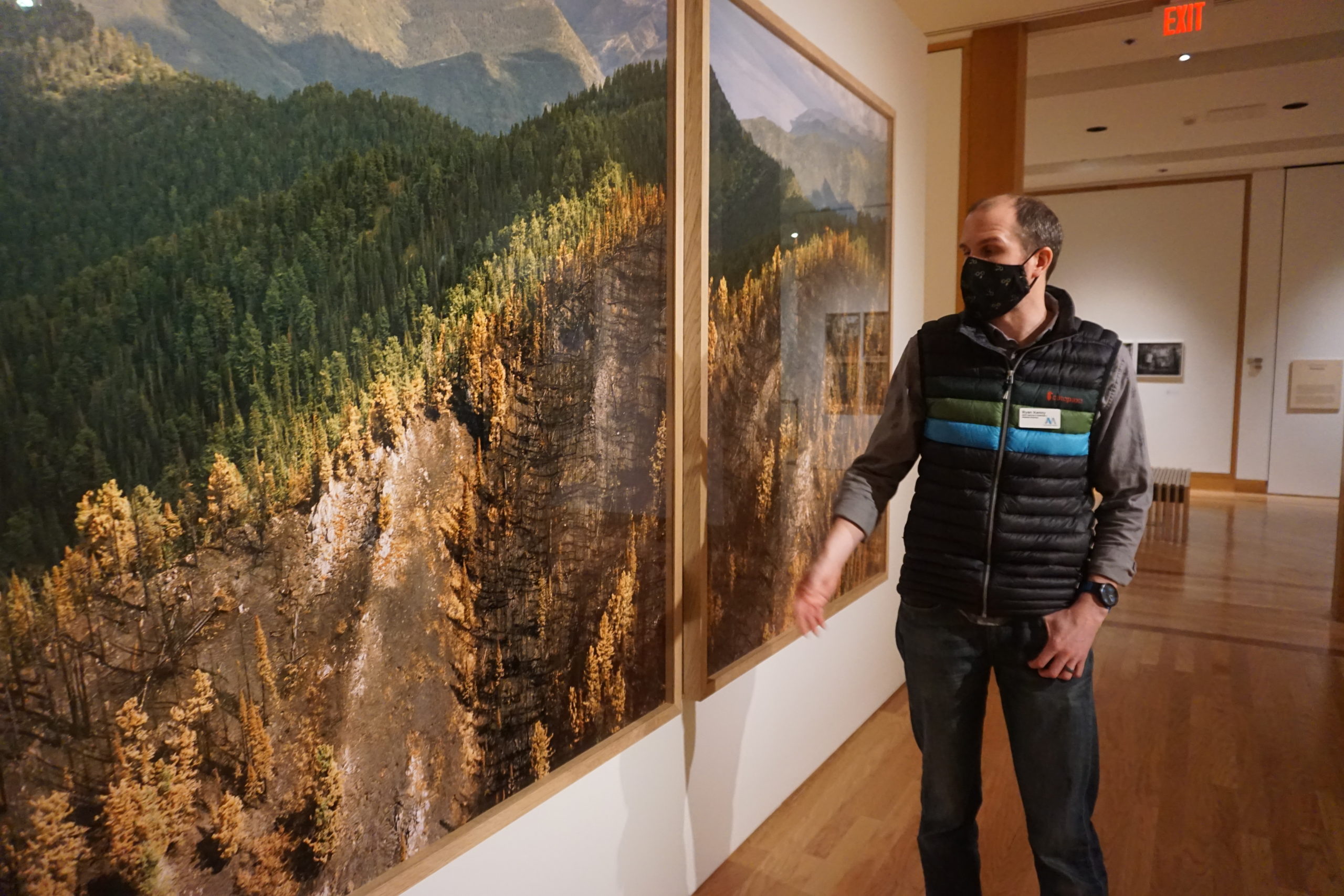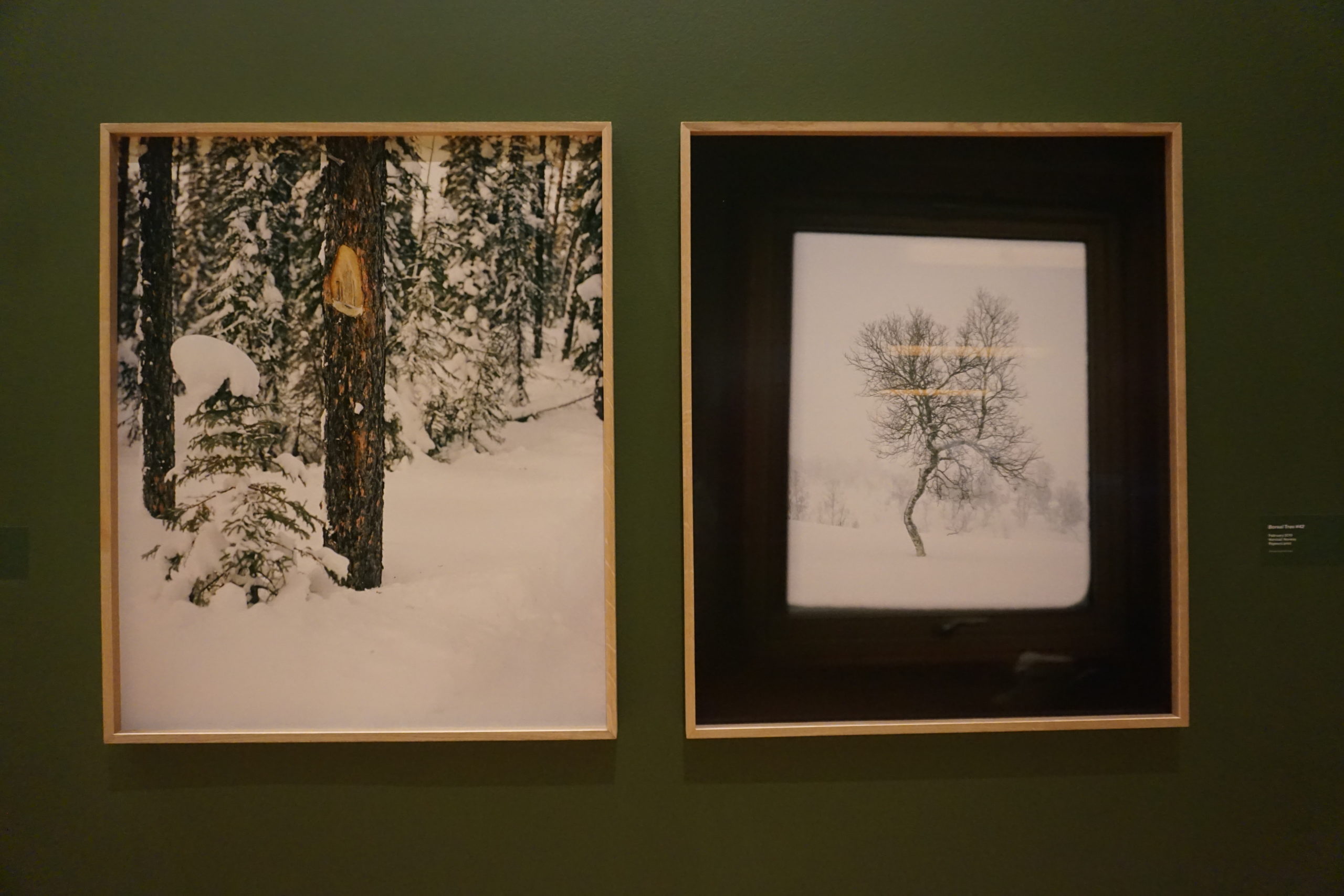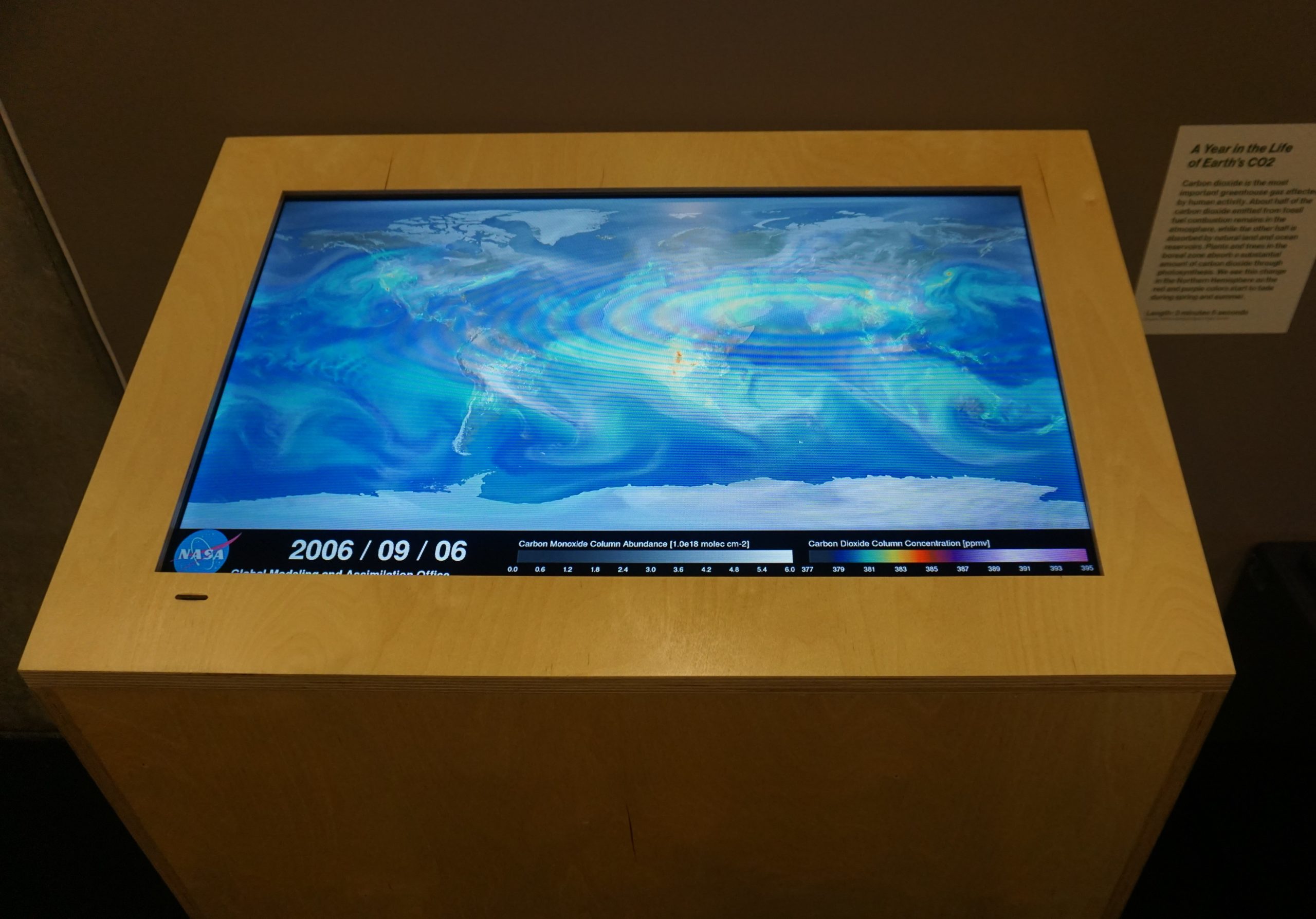A new exhibit showcases boreal forests’ global importance
A collaboration between the Hague Museum of Photography and the Anchorage Museum aims to shine a spotlight on northern forests.

Boreal forests cover more than a tenth of the planet’s land surface, but generally get overshadowed in popular culture by their counterparts to the south, the tropical rainforests.
Now an exhibit at the Anchorage Museum aims to give the world’s northern forests their due.
The exhibit, “Borealis: Life in the Woods,” represents four years of travel across the circumpolar north by Dutch photographer Jeroen Toirkens and journalist Jelle Brandt Corstius. It opened at the Anchorage museum on Nov. 19 after debuting at the Hague Museum of Photography. The two museums cooperated in creating the exhibit.
Toirkens and Brandt Corstius took eight separate trips across the broad range of boreal regions. Aside from Russia, where the forest is commonly called the taiga, and Alaska, Canada and Scandinavia, they went to the southern edges: Japan’s Hokkaido Island and northern Scotland.
It is important to have all those geographic regions represented, said Ryan Kenny, the museum’s deputy director of exhibitions and program operations. “The boreal forest doesn’t recognize political boundaries,” he said.
The boreal forest is the world’s largest biome and comprises about 30 percent of the planet’s forested territory. The boreal forest is also known for its seasonal extremes, which the two experienced up close.
In the Canadian boreal forest, they traveled about 100 miles (160 kilometers) with local Cree residents in winter temperatures below 40 degrees. They struggled with the cold; Brandt Corstius has yet to regain the sense of feeling in one of his fingers, according to the museum.
In Russia and Alaska, they encountered some of the wildfires that are becoming bigger, more intense and more extreme as the climate warms. There were distinct wildfire complications in both places.
[Overwintering ‘zombie’ fires may become more common as climate changes]
In Russia, government officials sought to bar them from documenting the event, but they managed to hitch rides with a helicopter pilot who was mapping the extent of the burn. In Alaska, the last stop in their four-year journey, the two camped in the summer of 2019 at an isolated public use cabin at Vogel Lake in the Chugach National Forest on the state’s Kenai Peninsula — a last-minute switch for the duo: Toirkens and Brandt Corstius had to rearrange their camping location from their original choice (elsewhere on the Kenai Peninsula) because of the region’s devastating summer-long Swan Lake wildfire, Kenny said.
During their travels, the two spent time with loggers, firefighters, scientists and Indigenous residents. Toirkens used old-school film photography, and as part of his documentation, he photographed a “tree of the day.”

The exhibit blends information about the people who live and work in the boreal forests and the scientific knowledge emerging about the vast forested region spanning the northern parts of North America, Asia and Europe.
For those visiting the Anchorage exhibit, the opportunity to be immersed in the boreal forest is just beyond the doors of the museum in the state’s largest city, Kenny said.
“One of the hopes is that the exhibit will inspire people to go outside and enjoy the forest,” he said.
On the scientific front, the exhibit includes a station with a NASA animation that shows how boreal forests absorb and release atmospheric carbon over the course of a year. The boreal forests have eclipsed the tropical forests as net carbon sinks, recent research shows.
There are concerns that climate change and the more intense wildfires that it brings will reverse that role as a net sink, making the boreal forest a net source of carbon going into the atmosphere as more intense burns extend deeper into the soil and trigger widespread permafrost thaw.
Some recent information from Alaska, however, indicates that such a threshold has not been reached and that there may be a natural correction protecting the forests after wildfires. Loss of carbon from fires in the Alaska boreal forest is more than offset by the carbon-sink effect that happens when deciduous trees replace burned evergreens, according to a study published earlier this year in the journal Science.
The Anchorage exhibit runs until next September.
